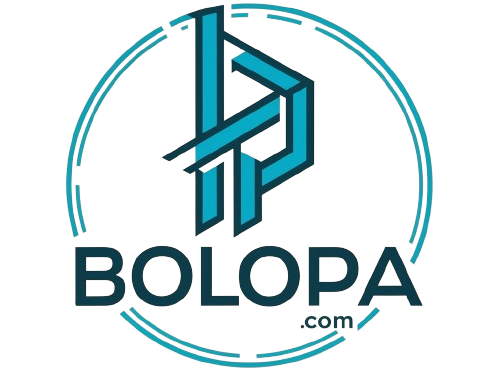Exploring the Applications of Eddy Current Probes in Non-Destructive Testing
Introduction to Eddy Current Probes
Unlock the hidden potential of non-destructive testing with the power of Eddy Current Probe Types! In industries ranging from aerospace to automotive, these advanced tools have revolutionized the way we examine and evaluate materials without causing any damage. By harnessing electromagnetic principles, eddy current probes provide valuable insights into the integrity and quality of various components. Join us on this thrilling journey as we delve into the fascinating applications of eddy current probes in non-destructive testing. From detecting surface defects to analyzing material properties, these probes are here to transform the way we ensure safety and reliability in our modern world. So fasten your seatbelts as we embark on an exciting exploration through this cutting-edge technology!
How Eddy Current Probes Work in Non-Destructive Testing
Eddy current probes play a crucial role in non-destructive testing (NDT) by offering a reliable and efficient method of inspecting conductive materials. These versatile probes work based on the principle of electromagnetic induction, where an alternating current is passed through a coil to generate eddy currents in the material being tested.
When an eddy current probe is placed near a conductive surface, it creates a magnetic field that induces electrical currents within the material. The interaction between these induced currents and the magnetic field generates changes in impedance, which can be measured and analyzed to detect flaws or abnormalities.
One of the key advantages of using eddy current probes for NDT is their ability to assess various characteristics such as conductivity, thickness, coating integrity, and even temperature variations. By adjusting parameters such as frequency and coil configuration, specific properties can be targeted for inspection.
These probes are commonly used in industries like aerospace, automotive manufacturing, energy production, and metal fabrication. For instance, they can identify cracks or corrosion on aircraft components without causing any damage or disruption to operations.
In addition to flaw detection, eddy current probes can also provide valuable data for material sorting or characterization purposes. They offer rapid inspections with high sensitivity and accuracy while remaining cost-effective compared to other testing methods.
Overall,Eddy current probes have revolutionized non-destructive testing due to their ability
to accurately detect flaws,determine material properties,and ensure component integrity
while minimizing downtime.
They continue to find applications across multiple industries,
contributing significantly towards safety,reliability,and quality assurance
Conclusion
Conclusion
In this article, we have explored the fascinating applications of eddy current probes in non-destructive testing. These versatile tools are revolutionizing the way industries inspect and evaluate various materials without causing any damage.
Eddy current probes utilize electromagnetic induction to detect flaws, measure conductivity, and identify material defects. Their ability to work on a wide range of conductive materials makes them invaluable in industries such as aerospace, automotive, manufacturing, and more.
With their high precision and accuracy, eddy current probes enable efficient quality control by quickly identifying surface cracks, corrosion, thickness variations, and other defects that may compromise safety or performance. By providing real-time data during inspections or production processes, these probes help save time and resources while ensuring product reliability.
Furthermore, eddy current probes offer several advantages over traditional inspection methods. They are portable and can be easily integrated into automated systems for continuous monitoring. The non-contact nature of this technique reduces wear on both the probe itself and the test object.
As technology continues to advance rapidly in the field of non-destructive testing,
it is safe to say that eddy current probe will continue to play a crucial role in enhancing inspection capabilities across various industries.
In conclusion (without actually saying it), eddy current probes have proven themselves as indispensable tools for non-destructive testing due to their versatility,
precision accuracy,
and efficiency.
By harnessing the power of electromagnetic induction,
these probes provide valuable insights into material properties without causing any harm.
So next time you see an airplane taking off or drive your car down the road,
remember that behind-the-scenes,
eddy current probing has played a vital role in ensuring their structural integrity!
Whether it’s detecting flaws in critical components or improving product quality,
eddy current probe remains at the forefront of technological advancements in non-destructive testing!
